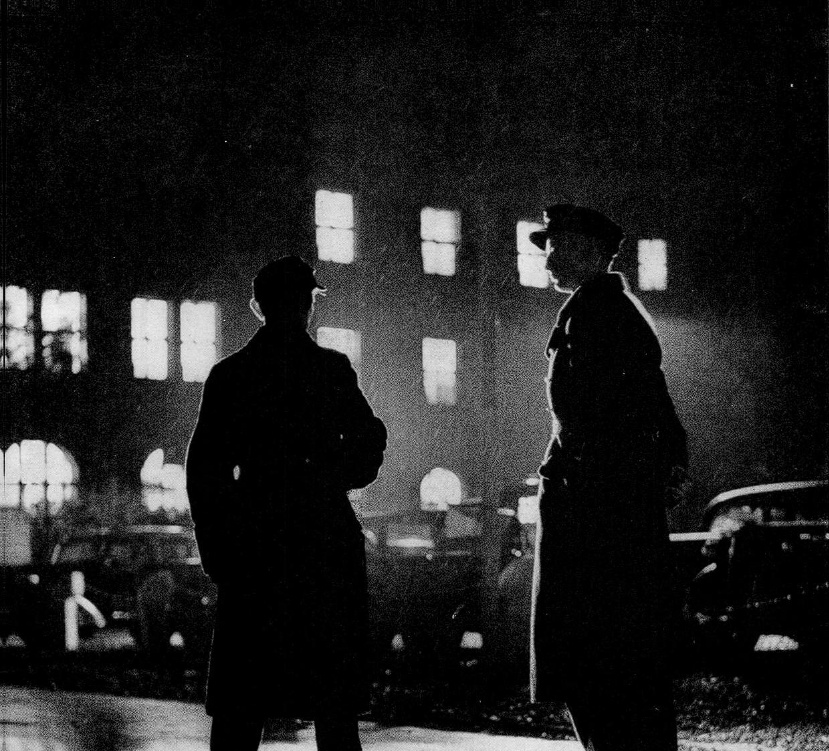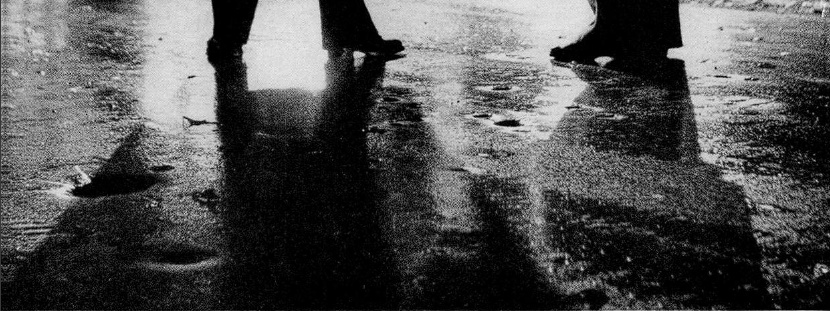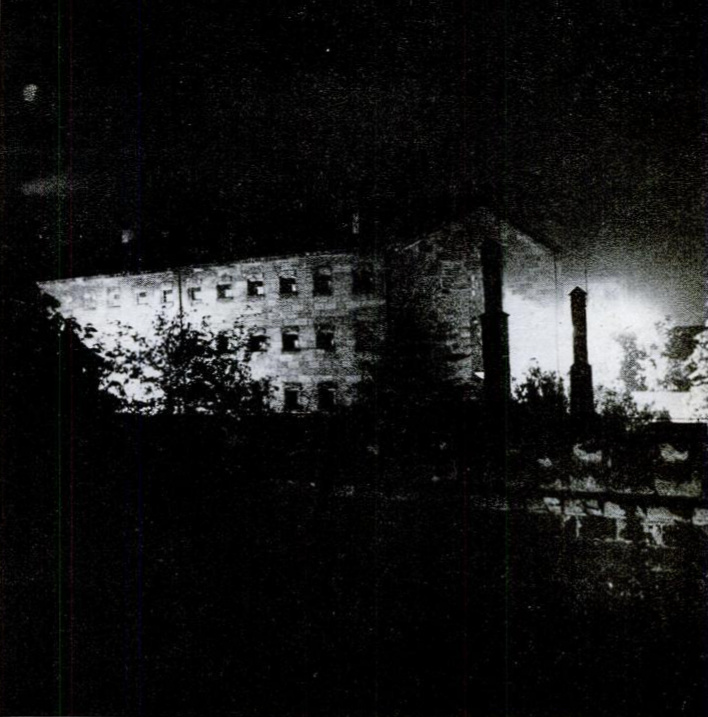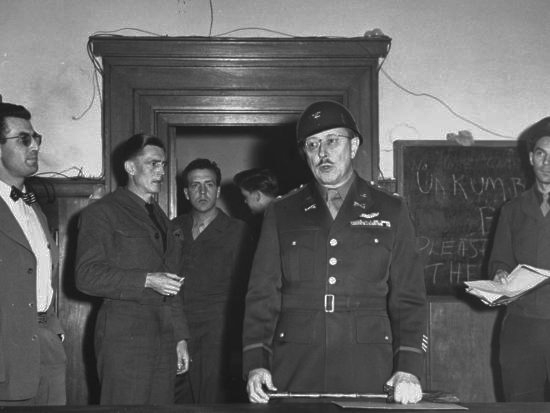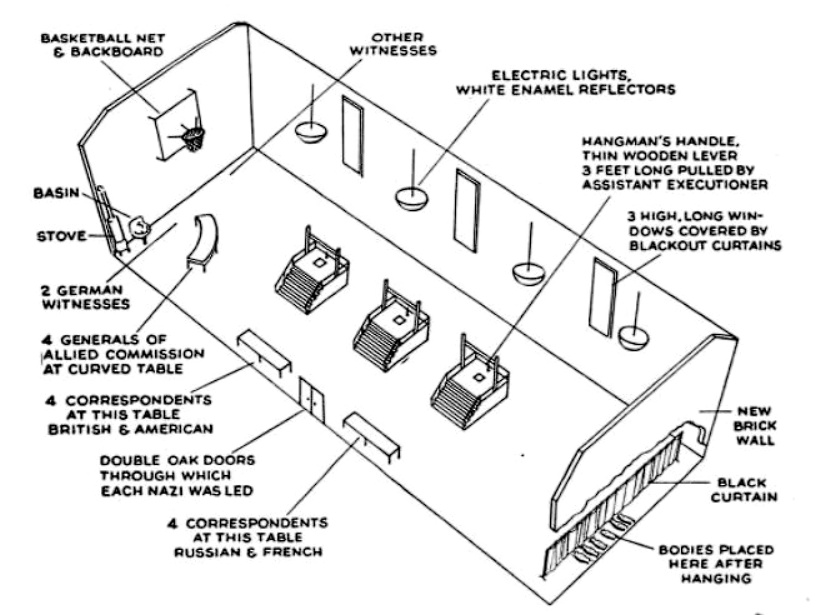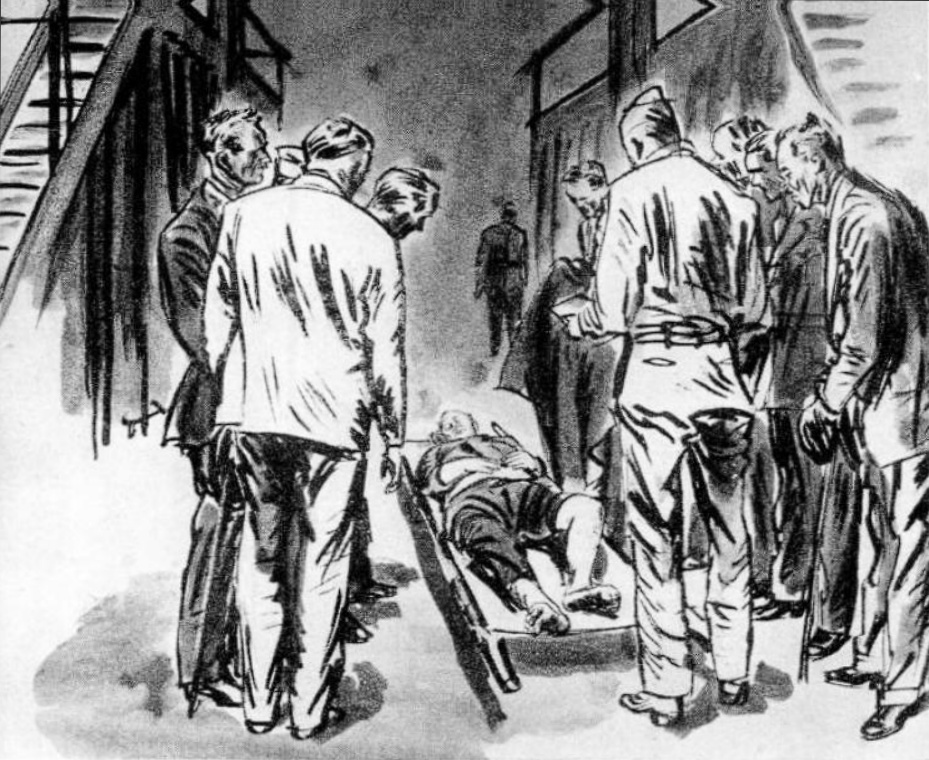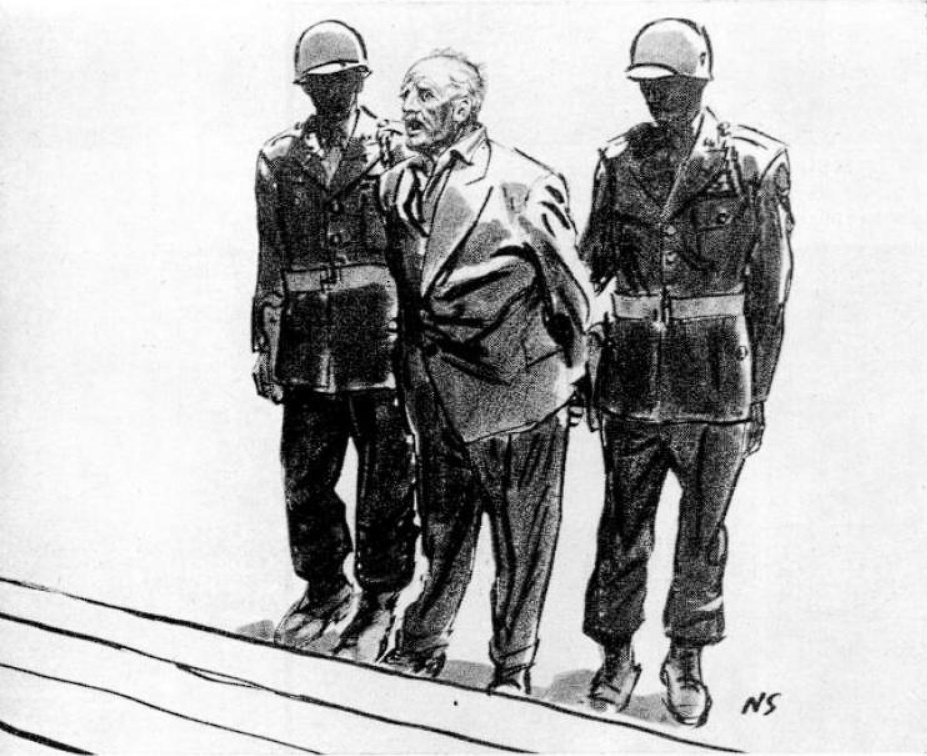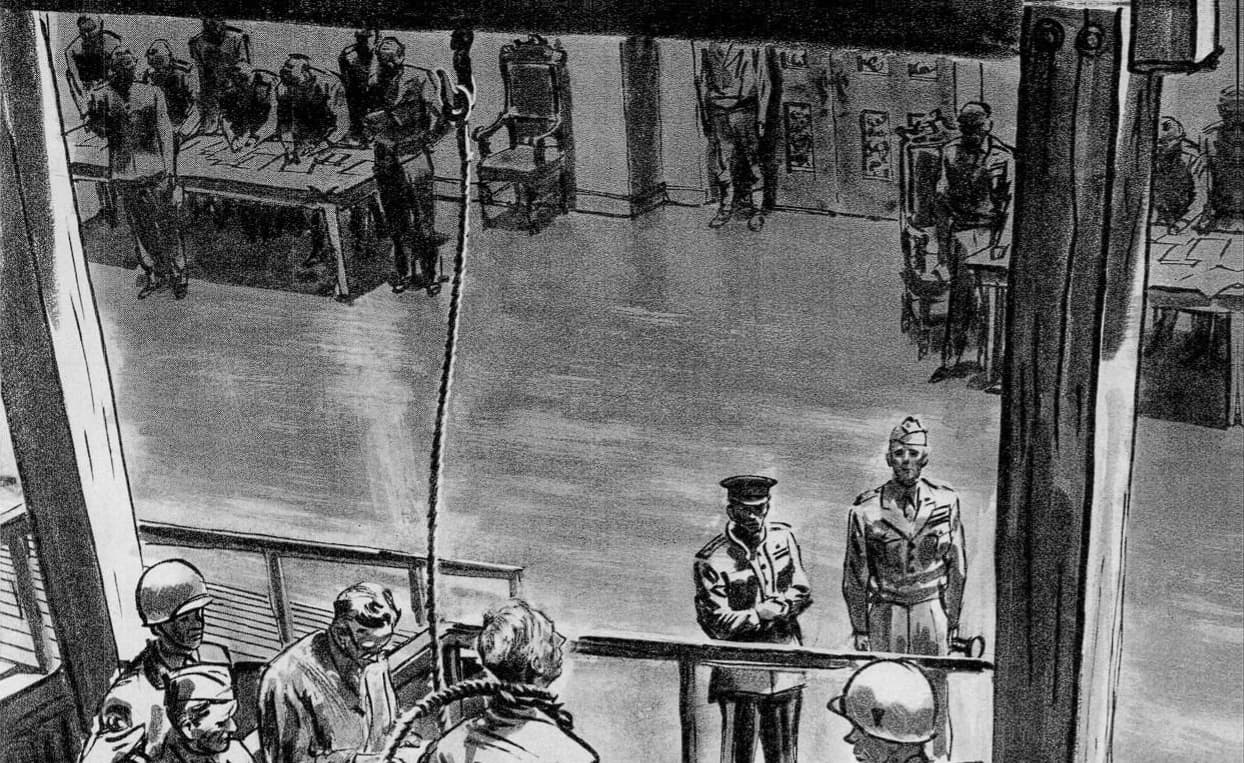Man to Man…
Verdict on Schacht and Von Papen declared miscarriage of justice
By Harold L. Ickes
Quite aside from questions of policy and procedure, I am at a loss to understand the result of the Nuernberg trials except on the theory, which I would deplore, that the court wanted to give an impression of judiciousness and so varied the sentences for the same or equivalent crimes.
To me the most shocking result of Nuernberg was not the sentence of “hanging” against Hermann Goering and others but the acquittal of Hjalmar Schacht. To my mind this is precisely as if Al Capone had been placed on trial with other members of his gang charged with participation in the same crimes and his accomplices were found guilty while he was acquitted.
Schacht was the evil genius who contrived the finances by which Hitler and his gang were able to operate. To my way of thinking, his was the greater measure of guilt and yet he was allowed to go scot-free while others were sentenced to be hanged or to prison for crimes which they could not have committed if it had not been for him. I will be greatly mistaken if the tender consideration shown to Schacht will not be more greatly misunderstood and, therefore, resented, as time goes by.
Greatest criminal of lot
With the greatest criminal of the lot dismissed with the kind smiles of the court, what deterrent will restrain some future Schacht, when he undertakes to breathe the breath of life into the diabolical schemes of another Hitler?
And after Schacht, it seems to me that Franz von Papen stood next in the order of his blood-guiltiness. It was von Papen who persuaded von Hindenburg to make Hitler Chancellor of the Reich. It was von Papen, who, during the First World War, plotted right here in America for the undoing of America. Hitler knew his von Papen. He appreciated his lack of honor, his total unscrupulousness and his willingness to put himself into the hands of his bloodletting leader as a ruthless instrument to throw the chancelleries of Europe into confusion. As in the case of Schacht, it gets down to the question whether greater moral guilt is to be condoned while a lesser degree of physical guilt is to meet with death upon the gallows.
I raise no question with respect to Rudolf Hess. It is fair to suppose that he was given life because he was thought to be Insane. Julius Streicher was found guilty on only one count. He was sentenced to hang. On the other hand, Karl Doenitz got off with 10 years’ imprisonment although he was found guilty on two counts. This should also be contrasted with Baldur von Schirach, who was sentenced to a term of 20 years on a finding of guilty on one count. And as against Doenitz with his 10 years for being guilty on two counts, it is to be noted that Ernst Kaltenbrunner, also guilty on two counts, was sentenced to hang.
In same category
Hans Frank is in the same category. Fritz Sauckel was decreed to be hanged because he was guilty on two counts. Martin Bormann, who was tried in absentia, was held to merit death by hanging because of his guilt on two counts, while Konstantin von Neurath. although found guilty on all four counts, got off with a mere 15 years. Another contrast: Arthur Seyss-Inquart, while determined to be guilty on three counts, was sentenced to be hanged while von Neurath, guilty on all four counts, was given the comparatively light sentence of 15 years.
To the degree that there were wide and apparently inexplicable variations are people likely to suspect that considerations entered into the judgment of the court that should not have been there. This apparent discrimination will not only make for a questioning of the court’s judgment, it will constitute a basis for the belief that, in some instances at least, martyrs were being created instead of criminals being punished. Certainly to let Hjalmar Schacht go free while at the same time hanging Von Ribbentrop will satisfy no one’s sense of justice, while to write “Franz von Papen the Innocent” under the life size portrait of that gentleman will evoke nothing but a cynical smile.
In view of what I regard as a miscarriage of justice with respect to Schacht and Von Papen, I join with Mr. Justice Jackson in demanding that other blood-guilty Germans, particularly financiers and industrialists, without whom these shocking crimes could not have been committed, be speedily brought to justice. And, in such an event, I should hope that the stage trappings that robbed Nuernberg of its proper dread effect will be dispensed with.



